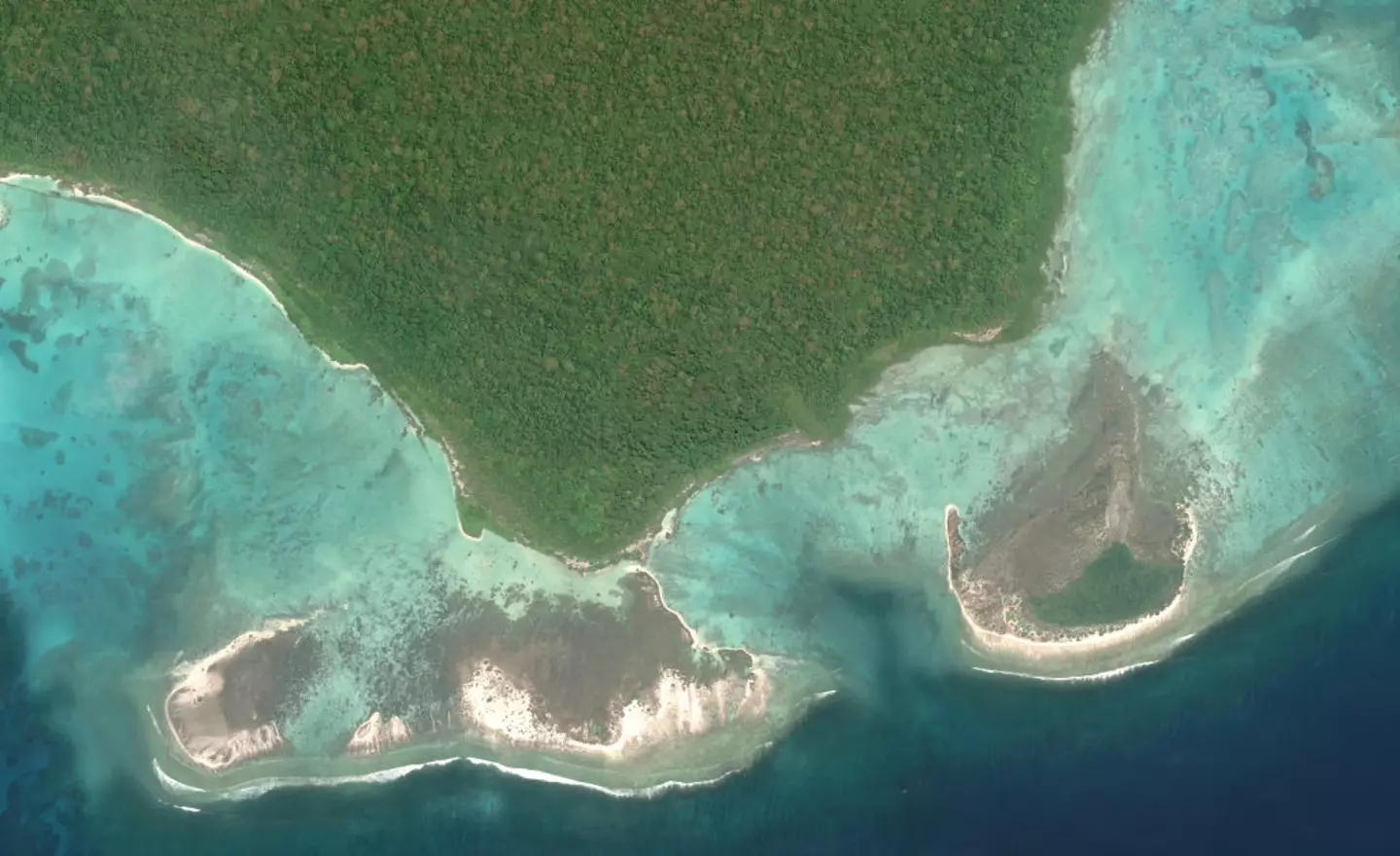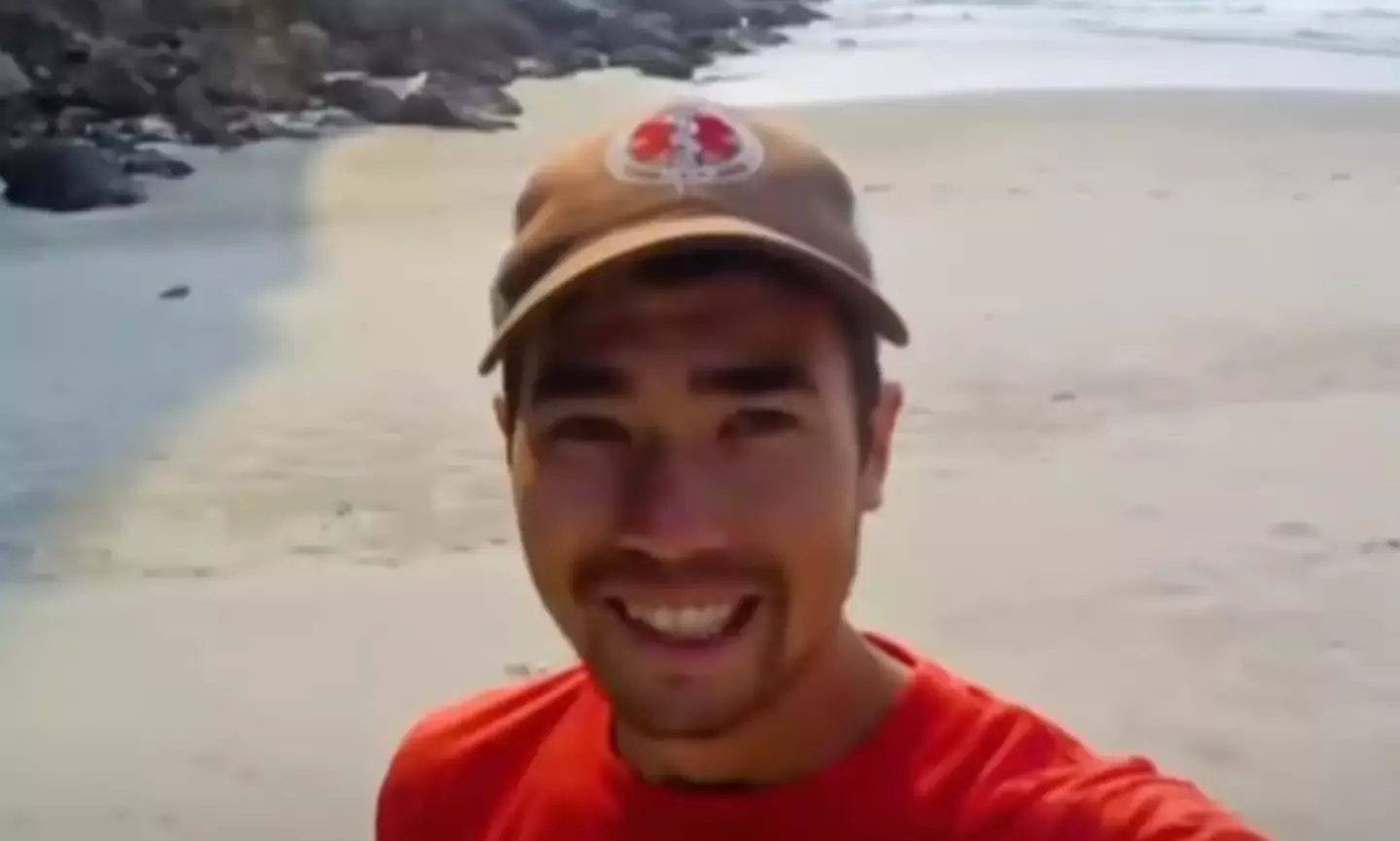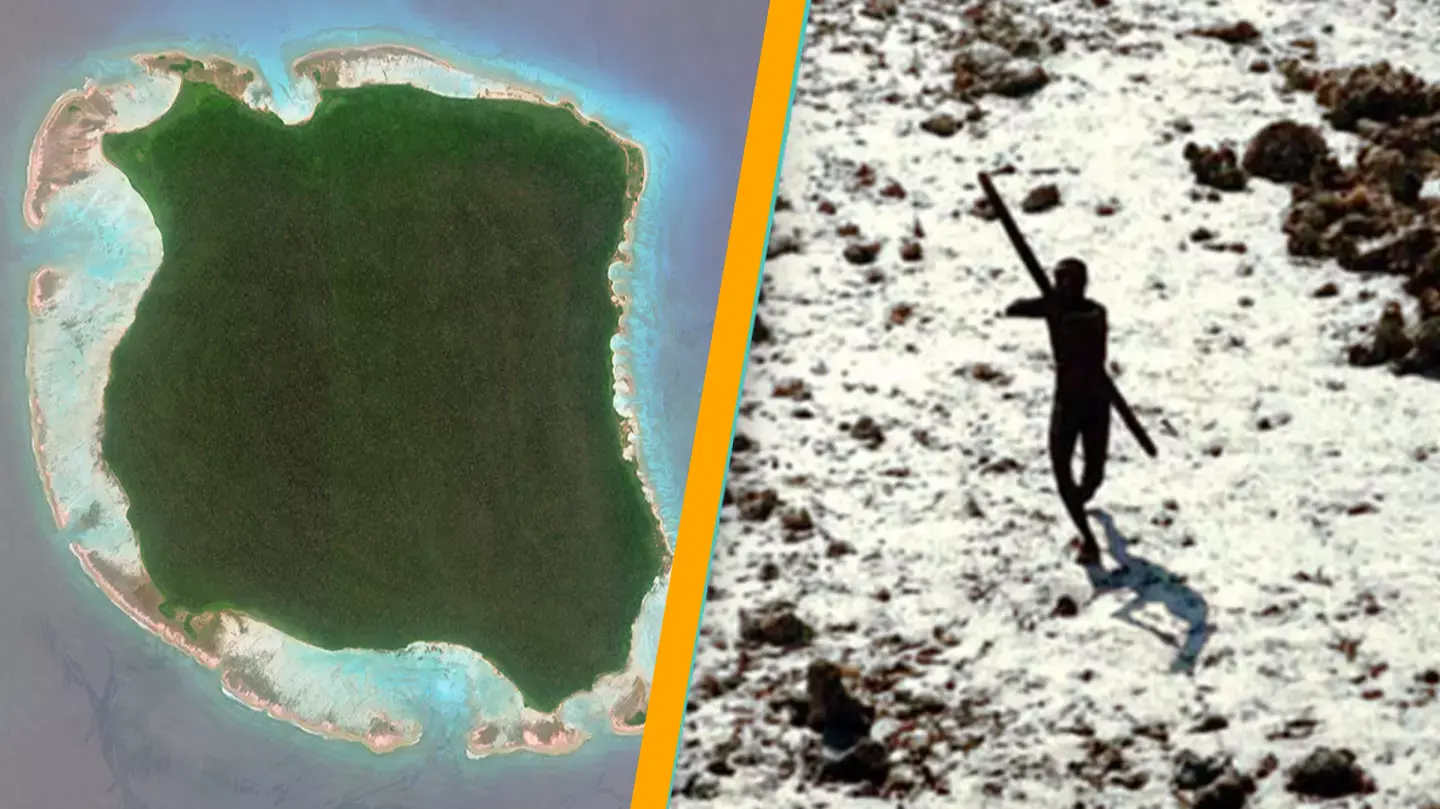While a tropical escape to a secluded island might top the travel wish list for many, North Sentinel Island is one destination you’ll want to avoid.
Who can resist the allure of basking on pristine beaches, sipping a cocktail, and gazing at the turquoise ocean waters?
Destinations like the Maldives, the Seychelles, and Mauritius might come to mind.
However, there’s an island in the Indian Ocean from which tourists are strictly prohibited. Although it boasts untouched natural beauty, visiting it carries grave risks.
North Sentinel Island, part of the Andaman archipelago comprising 572 islands, is inhabited by up to 500 indigenous people.

This island is a protected region of India, situated in the Bay of Bengal, with Myanmar and Thailand as its nearest mainland neighbors.
The Sentinelese, a tribe living in voluntary isolation, are notorious for fiercely defending their territory from outsiders.
Consequently, a five-nautical-mile (9.3 km) exclusion zone has been established around the island.
Referred to as the most dangerous tribe in the world, the Sentinelese are believed to have inhabited the island for approximately 60,000 years.
Yet, some adventurers have let their curiosity lead them into peril. Over the years, a few have trespassed into the exclusion zone, often with deadly outcomes.
The latest individual to make an unauthorized visit was American evangelist John Allen Chau in 2018.
Dispatched by a Missouri-based missionary group, Chau’s aim was to live with and spread Christianity among the Sentinelese.
Given that their language is unknown to outsiders, it’s highly unlikely they could understand English.
Nevertheless, the 26-year-old made multiple visits to the island.
Chau initially arrived in Port Blair, the capital of the Andaman Islands, on a tourist visa before paying local fishermen around $400 (£301) to take him illegally to North Sentinel.

On November 15, he was dropped off about 700 meters from the island’s shore. Ignoring the fishermen’s warnings, Chau paddled toward the island with a waterproof Bible.
Chau tried to present gifts and engage with the tribe but retreated after receiving an aggressive reaction. On another attempt, a young boy shot an arrow at him, which pierced the Bible he was carrying, as noted in his diary.
Chau’s final attempt to reach the island occurred on November 17, from which he never returned. Fishermen reported seeing the tribe drag his body along the shore and bury it.
Despite the Indian authorities’ efforts, Chau’s body was never recovered. Seven individuals, including the fishermen who transported him, were detained.
In his diary, Chau wrote before his mission: “I think it’s worthwhile to declare Jesus to these people. Please do not be angry at them or at God if I get killed… Don’t retrieve my body.”

